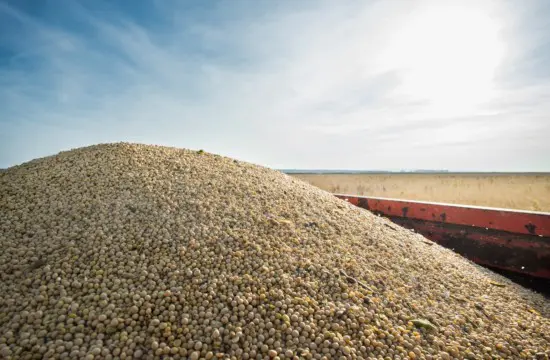It’s the terrestrial rhythm of a farming enterprise. At the end of the day, you want and need more of that coinage to wind up in your hands than leaves them, so you can maintain a consistent tempo for your business in the long term.
Calculating on-farm profitability can seem like a daunting task, but in reality, running the numbers to determine return on investment is easier than you might think. Not only is it fairly simple to do on a regular basis, and recommended by financial advisers, but it is also necessary to ensure your daily, monthly and yearly decisions – such as inputs and investments – aren’t maxing out the potential of your crop to succeed and earn greater profitability.
We don’t necessarily count ourselves among them, but the financial wizards of the world use this simple formula to determine ROI percentage:
ROI percentage = (Net Profit / Cost of Investment) x 100
Basic math, really. However, on the farm, there are many cost variables and inputs that go into determining true cost of investment and net profit for production, and they are highly particular to the individual operation. Every investment made in the past year – every input – should be calculated, from chemicals, labor costs and capital investments to cash rent and, of course, seed and nutrient applications.
For the sake of determining a straightforward value on whether or not our technologies provide a return on investment worthy of a farmer’s selection, we developed an elementary ROI calculator. This tool offers a quick-to-reference sliding scale of payback, depending on the crop grown (corn or soybeans, for now), as well as commodity prices for the crop and product technology applied. Our tool is based on an anticipated yield increase per acre, which was seen on average in independent trials. Because the average yield increase is contingent on the number of trials used to determine the average, we included that number, too.
Now, more than ever, it’s imperative that farmers are choosing technologies to improve fertility as well as improve their profitability per acre.

